| Structure | Name/CAS No. | Articles |
|---|---|---|
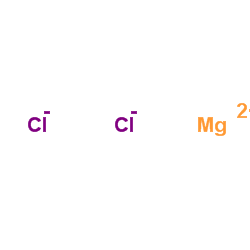 |
Magnesium choride
CAS:7786-30-3 |
|
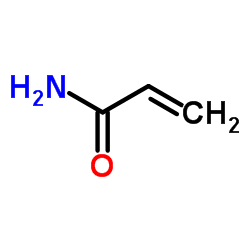 |
Acrylamide Crystals
CAS:79-06-1 |
|
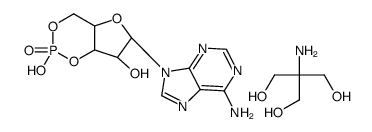 |
ADENOSINE 3':5'-CYCLIC MONOPHOSPHATE TRIS SALT
CAS:102029-77-6 |
|
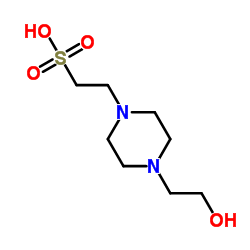 |
HEPES
CAS:7365-45-9 |
|
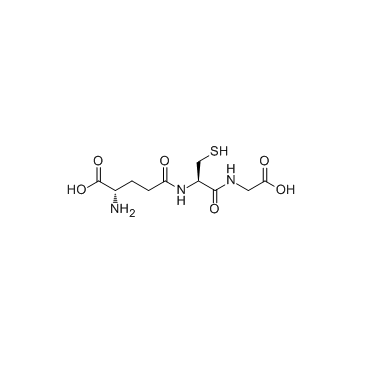 |
Glutathione
CAS:70-18-8 |
|
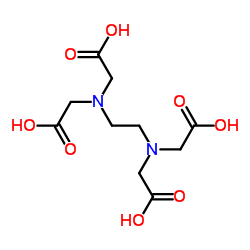 |
Ethylenediaminetetraacetic acid
CAS:60-00-4 |
|
 |
UNII:6G5ELX5XYN
CAS:5694-00-8 |
|
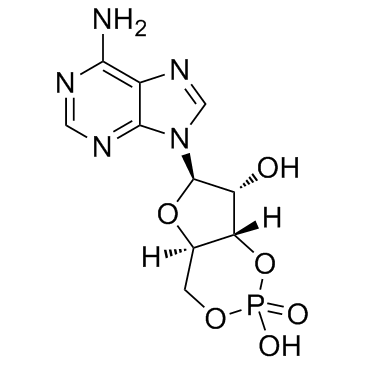 |
Adenosine cyclophosphate
CAS:60-92-4 |